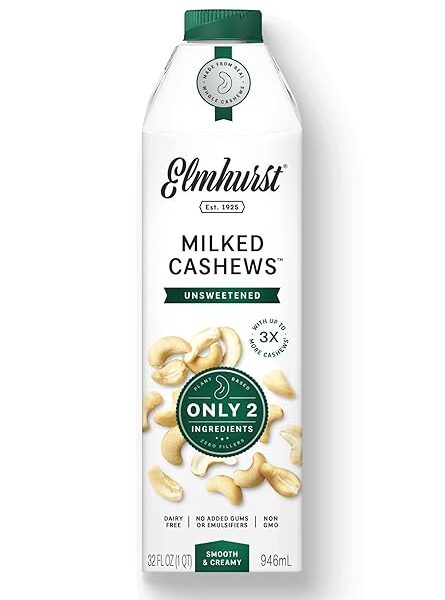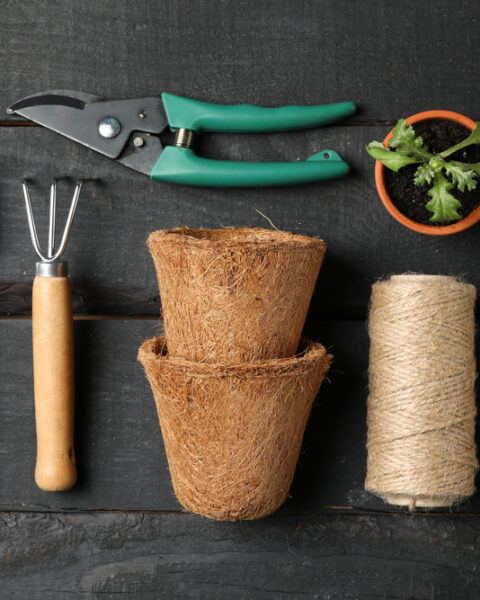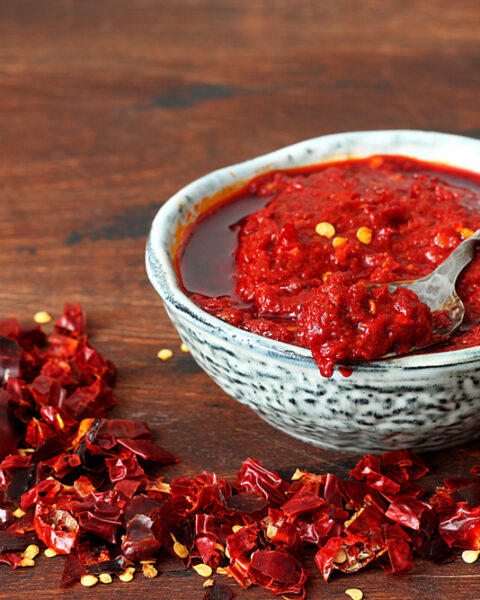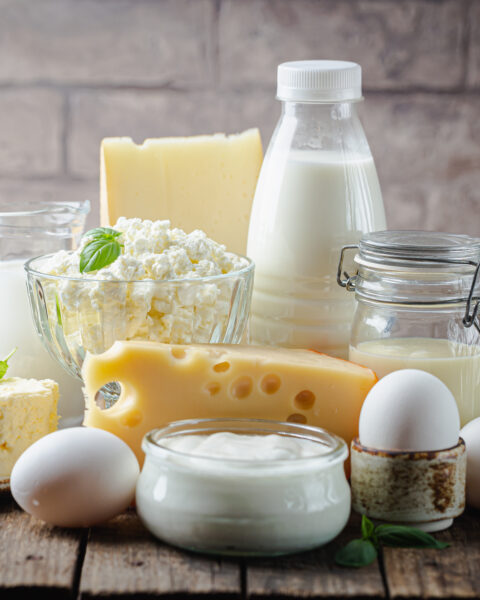Grilling with charcoal is a classic way to cook that adds a rich, smoky flavor to your food. It’s a fun and rewarding experience, but it does come with its own set of challenges. To help you get the most out of your charcoal grill, I’ve put together a list of handy tips. Whether you’re a seasoned griller or just starting out, these tips will make sure your next barbecue is a success.
Contents
- 1 Start with a Clean Grill
- 2 Avoid Lighter Fluid
- 3 Use the Right Amount of Charcoal
- 4 Preheat the Grill
- 5 Control Airflow with Vents
- 6 Create Heat Zones
- 7 Add Wood for Extra Flavor
- 8 Keep a Spray Bottle Handy
- 9 Let the Meat Rest
- 10 Keep the Lid Closed
- 11 More From RetailShout
- 12 15 Surprising Fruits and Vegetables That Boost Heart Health
- 13 10 Effective Food Hacks for Everyday Cooking
Start with a Clean Grill

Cleaning your grill before starting is crucial for the best results. Residue from previous grilling sessions can cause flare-ups and add unwanted flavors to your food. Use a stiff brush to remove any leftover debris from the grates. A clean grill ensures even heat distribution and prevents sticking. Regular maintenance prolongs the life of your grill and enhances the taste of your meals. Ensure you clean both the grates and the interior of the grill.
Avoid Lighter Fluid
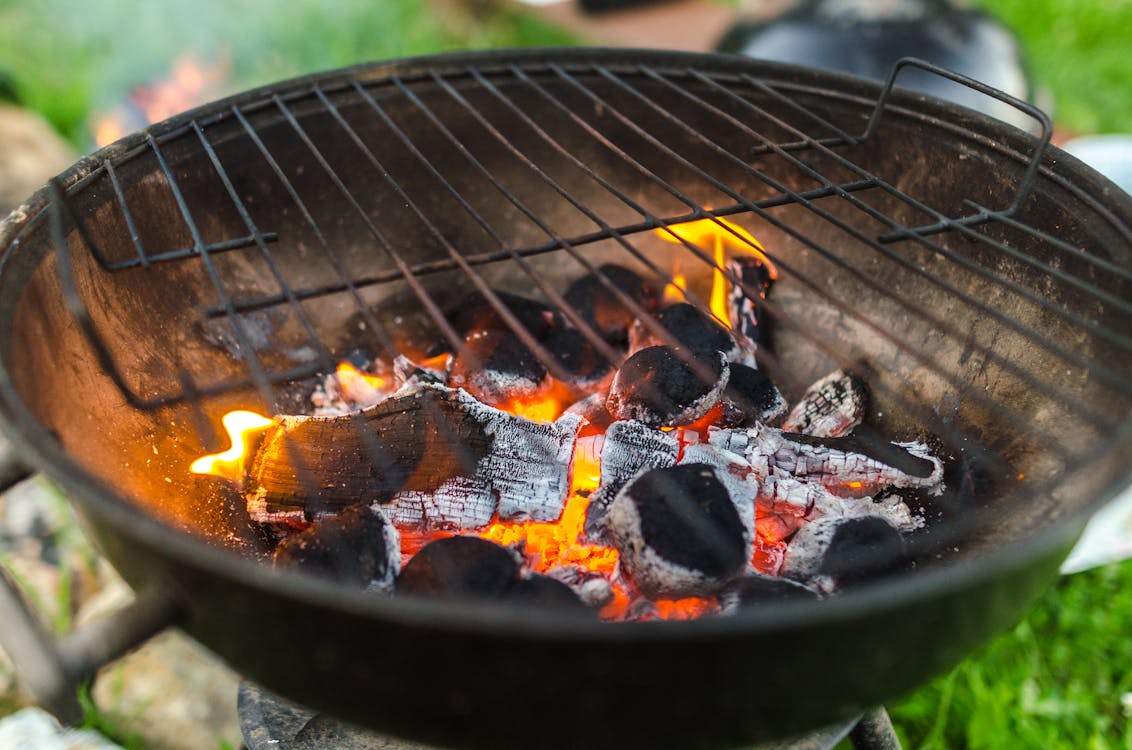
Using lighter fluid can impart a chemical taste to your food. Instead, opt for a chimney starter or electric starter to ignite your charcoal. These methods are safer and help achieve a more consistent burn. A chimney starter is particularly effective, using newspaper or starter cubes to get the coals burning. Electric starters are another option, providing a quick and efficient way to light the charcoal. Avoiding lighter fluid helps maintain the natural flavor of your grilled items.
Use the Right Amount of Charcoal

Using too much charcoal can cause excessive heat and uneven cooking. Conversely, too little can result in insufficient heat. For direct grilling, spread an even layer of charcoal across the bottom of the grill. For indirect grilling, create a two-zone fire by piling coals on one side. Adjust the amount of charcoal based on the type of food and cooking method. This control ensures proper cooking temperatures and avoids wasting fuel.
Preheat the Grill
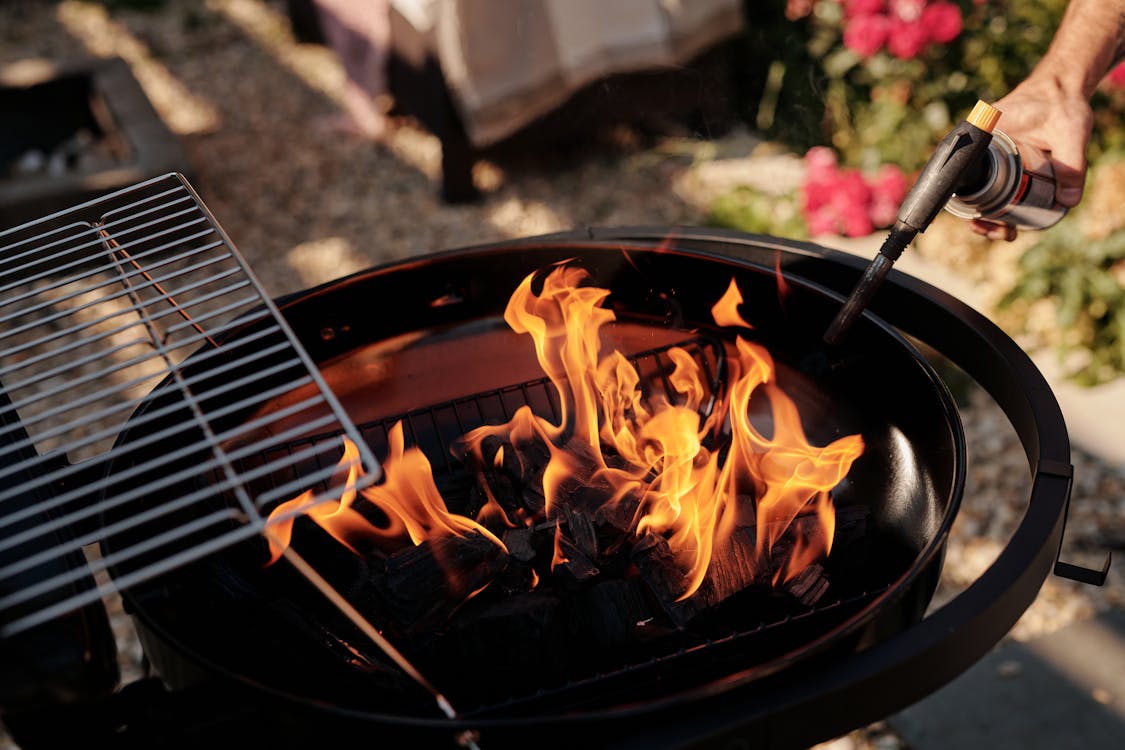
Preheating the grill is essential for achieving a good sear and preventing food from sticking. Light the charcoal and wait until it’s covered with white ash, indicating it’s ready to use. Preheating for 10-15 minutes with the lid closed helps establish an even temperature. This process ensures the grates are hot enough to create those desirable grill marks. Proper preheating also helps kill any bacteria on the grates before cooking.
Control Airflow with Vents
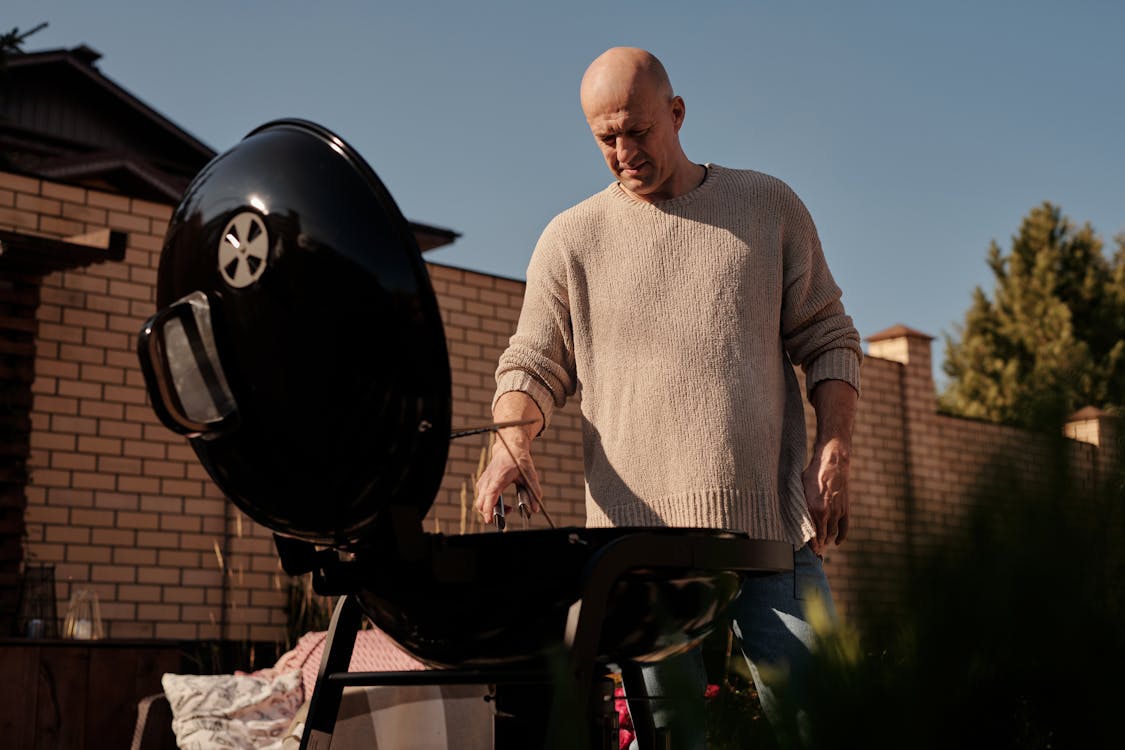
Mastering the vents on your charcoal grill is key to temperature control. Open vents increase oxygen flow, making the fire hotter. Closing vents reduces oxygen and cools the fire. Adjust the bottom and top vents to maintain the desired temperature. Monitoring the vents allows for better control over the cooking process, whether you need high heat for searing or low heat for slow cooking. Experiment with vent positions to find the optimal setup for your grill.
Create Heat Zones

Setting up different heat zones allows for more versatile grilling. Arrange more charcoal on one side for high-heat direct grilling and fewer coals on the other for low-heat indirect grilling. This setup lets you sear meats over high heat and then move them to a cooler area to finish cooking. Heat zones are particularly useful for grilling thicker cuts of meat, which benefit from a combination of direct and indirect heat. Adjusting the zones gives you better control over cooking times and temperatures.
Add Wood for Extra Flavor
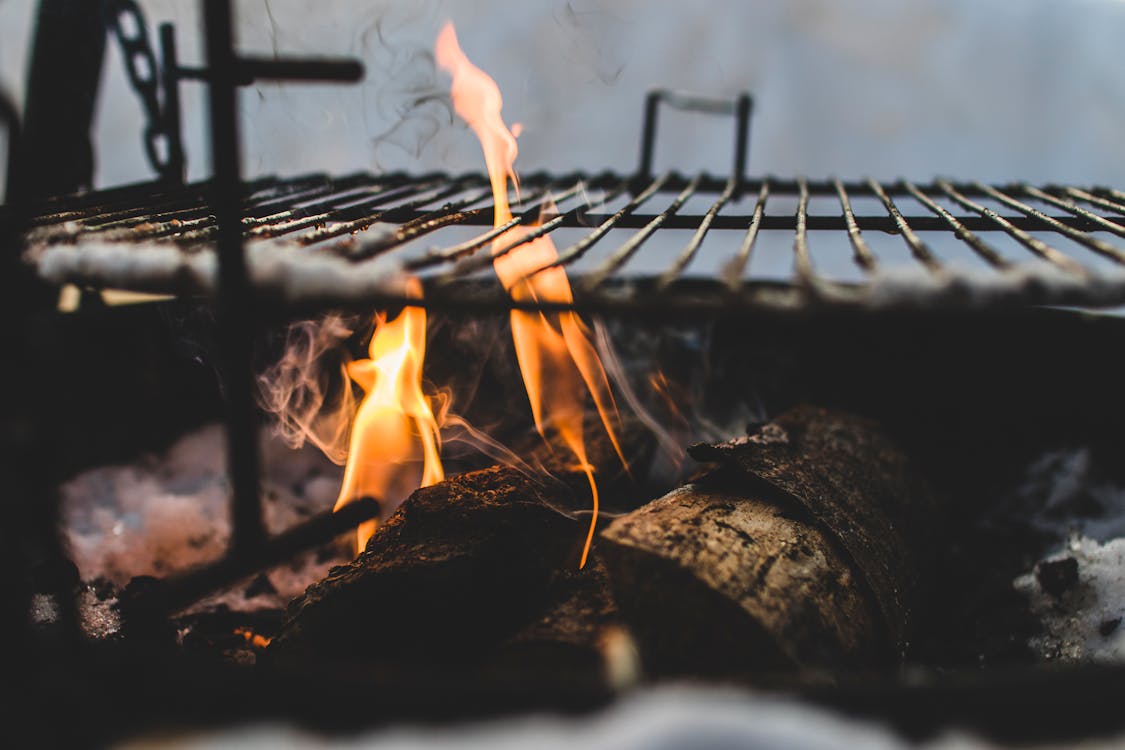
Incorporating wood chunks or chips adds a smoky flavor to your grilled food. Soak wood chips in water for at least 30 minutes before adding them to the coals. This helps them smolder and produce smoke rather than burning quickly. Different types of wood, like hickory, apple, or mesquite, impart unique flavors to your dishes. Experiment with various woods to find your preferred taste profile. Adding wood is an easy way to enhance the flavor complexity of your grilled items.
Keep a Spray Bottle Handy
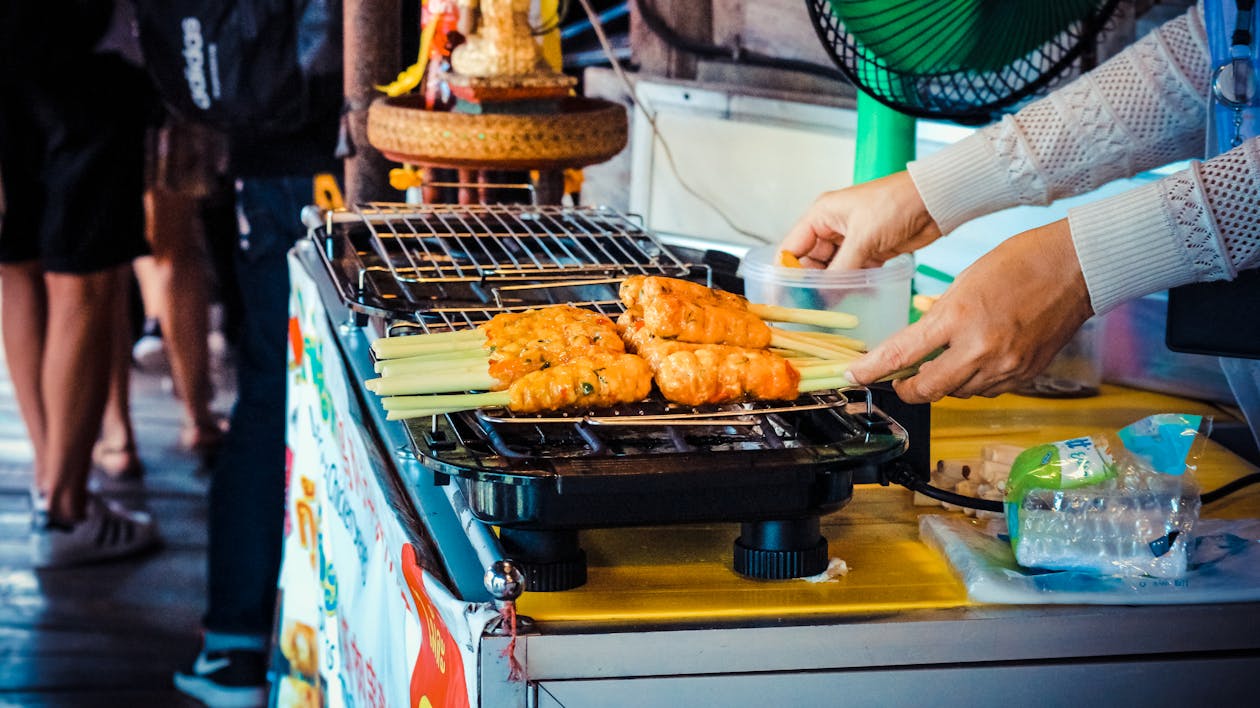
A spray bottle filled with water can be a valuable tool for managing flare-ups. Flare-ups occur when fat drips onto the hot coals, causing bursts of flame. Lightly misting the coals with water helps control these flames without extinguishing the fire. Using a spray bottle ensures your food cooks evenly without burning. It’s a simple technique that can save your meal from becoming overly charred. Regularly check for flare-ups and be ready to act quickly.
Let the Meat Rest
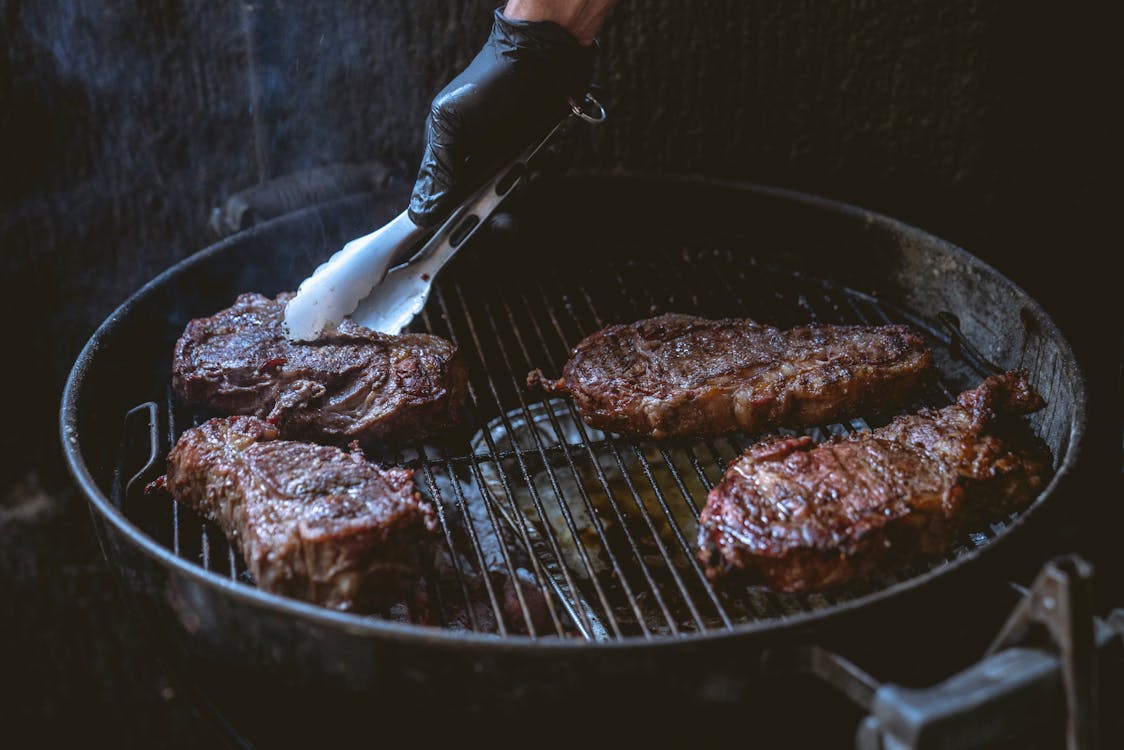
Allowing meat to rest after grilling is crucial for juicy results. Resting gives the juices time to redistribute throughout the meat. This process enhances flavor and tenderness. Cover the meat loosely with foil and let it rest for about 5-10 minutes. Cutting into the meat too soon can cause the juices to escape, leading to dry results. Patience during this final step makes a significant difference in the quality of your grilled meat.
Keep the Lid Closed
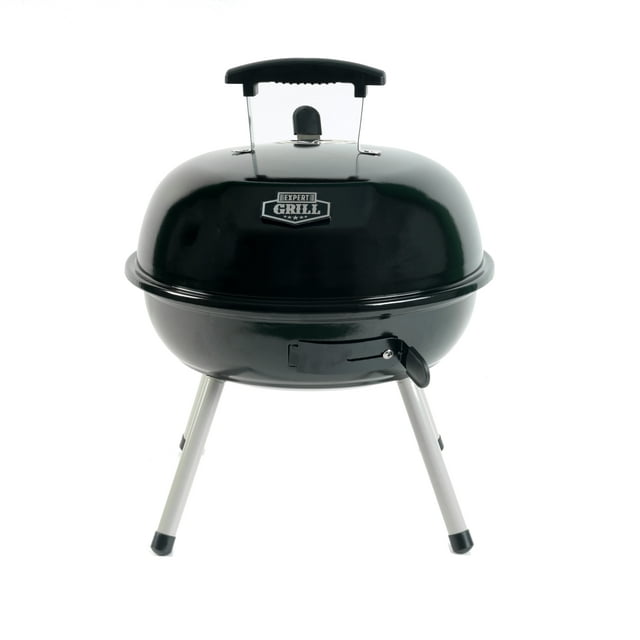
Keeping the grill lid closed as much as possible helps maintain a consistent temperature. Frequent lid lifting lets heat escape, prolonging the cooking process. Use the lid to control smoke levels and enhance the smoky flavor of your food. Closed-lid cooking also helps cook food more evenly and reduces the risk of flare-ups. Monitoring your food through the vents or using a grill thermometer minimizes the need to open the lid. This practice ensures efficient cooking and better results.
This article originally appeared on RetailShout
More From RetailShout
19 Antioxidant Foods to Combat Free Radicals and Boost Health
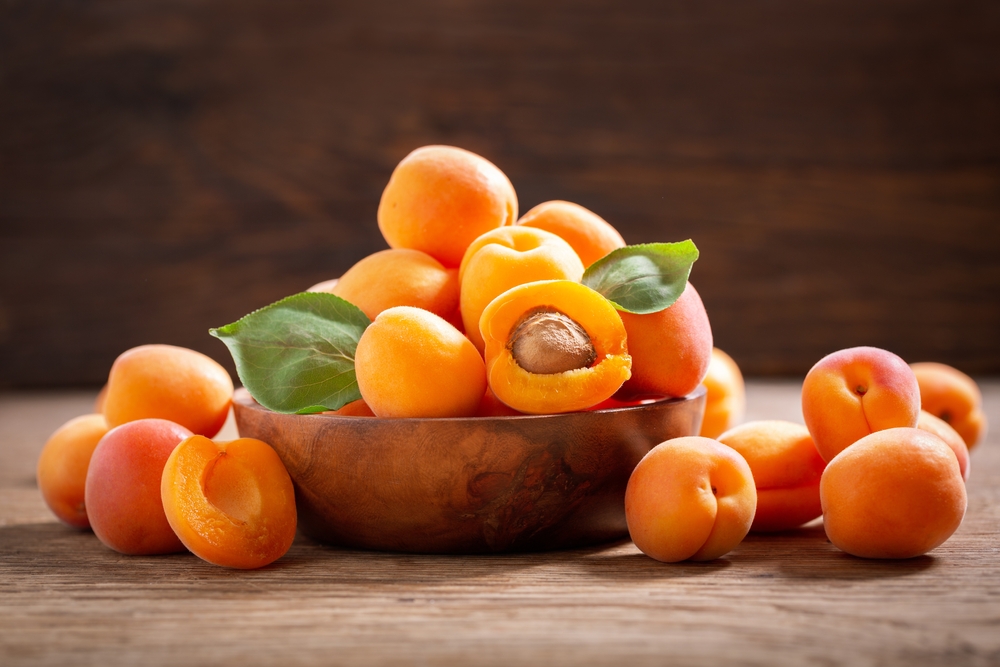
Antioxidants are essential for protecting our bodies from the damage caused by free radicals. These harmful molecules can lead to various health issues, including inflammation and chronic diseases. Read More.
15 Surprising Fruits and Vegetables That Boost Heart Health

Taking care of your heart is super important, and one of the easiest ways to do that is by eating the right foods. You might be surprised to know that some of the most common fruits and vegetables can give your heart a big health boost. Read More.
10 Effective Food Hacks for Everyday Cooking
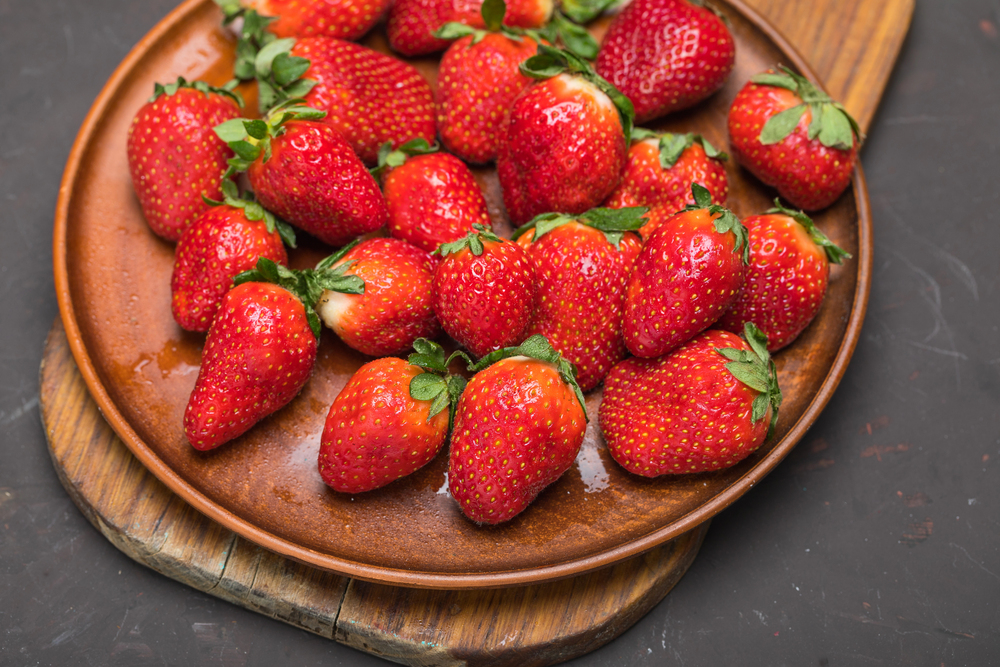
Cooking can be a joy, but sometimes it comes with its challenges. From preserving freshness to improving flavors, a few clever tricks can make a big difference. Read More.

